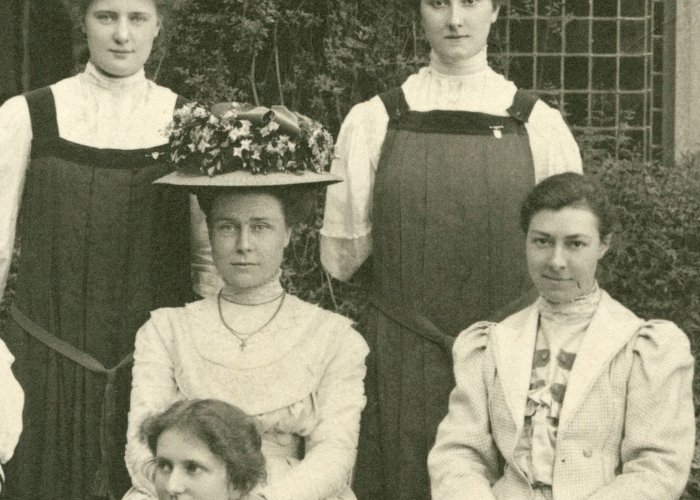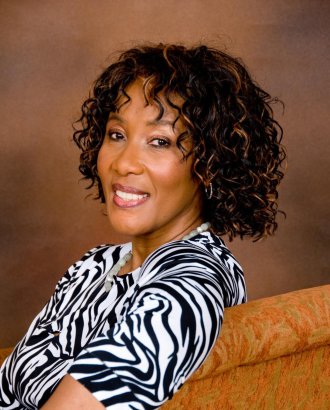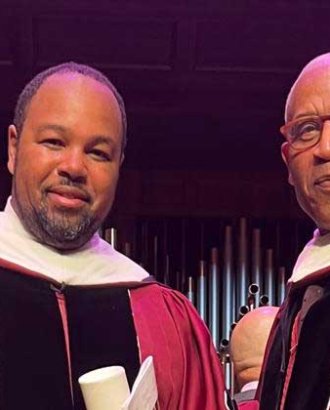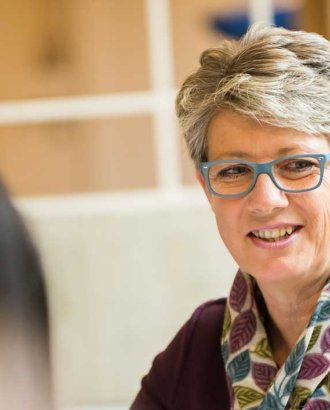Over the past 50 years Cambridge’s men’s Colleges have one by one accepted women, while the three women's Colleges have continued their proud history of female education into the 21st century (men have been accepted at Lucy Cavendish since 2019). Homerton’s history in terms of gender is slightly less clear cut.
Founded in London in the 1760s as a dissenting academy for Congregationalist ministers, its early students were all male. When its focus moved to training teachers in the 1850s, it enjoyed 40 years of co-ed intake, until the move to Cambridge in the 1890s. Mixed colleges being frowned upon, it became women-only, a status which it maintained until the 1970s. As a teacher-training college, men were still significantly outnumbered by women, until the addition of further subjects and the move towards full College status, which saw the balance shift to roughly equal.
This history not only means that the College has helped to shape the lives and careers of generations of bright, capable women, but that its leadership has, for the past century and a half, been predominantly female. To sit in the Great Hall, stared down by the portraits of Principals past, is to be surrounded by examples of strong women who rose to success in a world which did not foster - or actively resisted - female empowerment.
While the current Principal and his most recent predecessor are men, women have been in charge at Homerton for 103 of the 128 years since the College’s move to Cambridge. The current Vice-Principal, Bursar and Senior Tutor are all women, and the established role of female leadership continues to shape a sense of wider inclusivity. As Homerton Fellow Dr David Clifford said recently, when describing the College’s appeal to students looking for a non-traditional Cambridge experience:
“Homerton’s a place where historically women could feel that they were in an educational environment organised around their needs. I really like the fact that most of the College’s senior team are women, and even if the present and previous Principal weren’t, they’ve only lightly recalibrated the predominantly female role of Principals in Homerton’s last century and a bit in Cambridge.”
Mary Miller Allan, Principal from 1903 to 1935, shaped Homerton in its Cambridge form, establishing its reputation as the leading teacher training college in the country. She positioned it within the Cambridge eco-system in a way that allowed her successor a century later, Dr Kate Pretty, to manage its transition to full College status. Remembered by her students 50 years after her retirement as “a combination of the strict disciplinarian and very sympathetic advisor”, her lighter side is suggested in this photograph of her in a highly decorated floral bonnet.
Brought up in Glasgow, Mary Allan received her LLA diploma (Lady Literate in Arts) from St Andrew’s University in 1894 – an MA equivalent originating from when women were not permitted to attend Scottish universities. Under her leadership, and until 1944, Homerton employed only female graduate lecturers. She is remembered today in the Mary Allan building at the College entrance, through her portrait in the Great Hall, and in the legacy of a College which has championed women's education and autonomy from the outset of its history in Cambridge.





